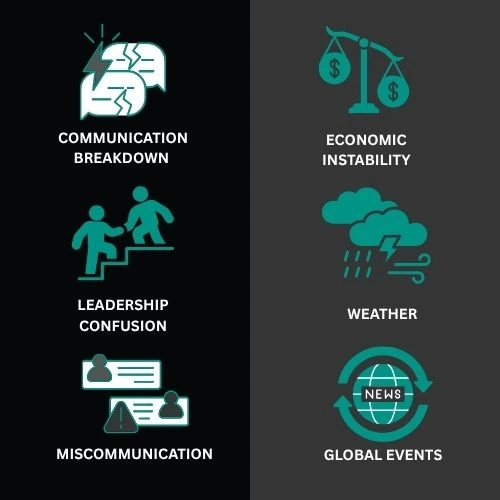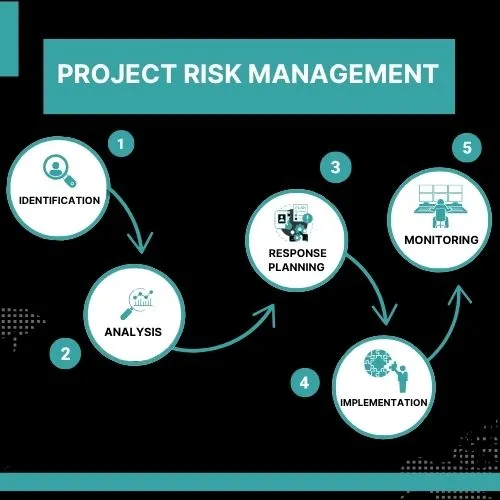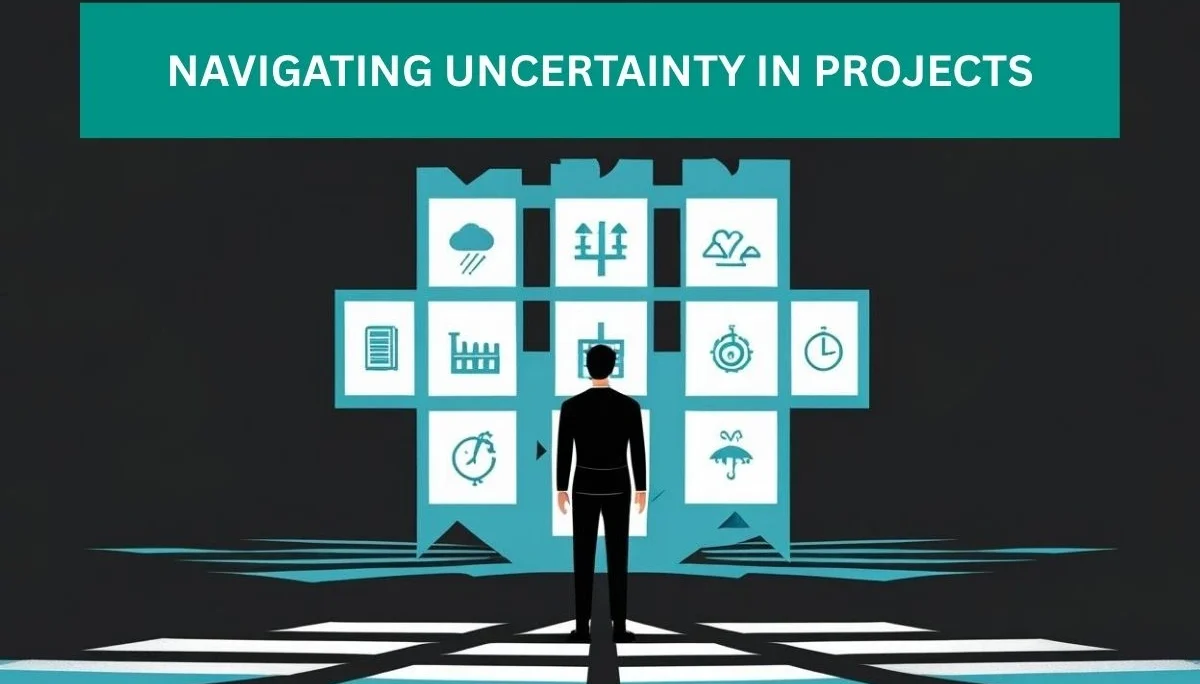Whenever we plan a new project, one of the first considerations is the potential for failure. The same is true for project managers—projects inherently carry risks. If not properly identified and managed, these risks can lead to serious setbacks or even complete failure.
In simple terms, risk refers to the possibility of an unfavourable outcome.
As a project manager, it’s crucial to understand what project risk management involves and how to proactively minimise potential threats. Let’s explore what project risk management is and how managers can effectively handle it.
What Is Project Risk?
Project risk is any uncertainty that may negatively impact a project’s execution or outcome. These risks can be either internal or external.
- Internal Risks: These arise from within the organisation and may include poor leadership, team conflicts, inadequate communication, or limited budget and resources.
- External Risks: These include factors outside the organisation, such as economic or political instability, environmental disasters, market shifts, or rapid technological changes.

What Is Project Risk Management?
Project risk management involves identifying, evaluating, and mitigating risks that may affect a project’s goals. It aims to reduce the probability and impact of negative events while enhancing the ability to deal with unexpected issues.
Key components include:
- Identifying the root causes of potential risks.
- Prioritising risks based on their likelihood and impact.
- Developing and implementing appropriate mitigation strategies.
Failing to address these risks can lead to:
- Employee-related disruptions (e.g., absence or high turnover)
- Cost fluctuations and budget overruns
- Ambiguity in project requirements
- Broad systemic threats affecting the entire project
Identifying Potential Risks
Before risks can be managed, they must be properly identified. Here are a few common methods:
- SWOT Analysis: Evaluates Strengths, Weaknesses, Opportunities, and Threats to uncover vulnerabilities and growth areas.
- Risk Register: A documented log of each identified risk, including its nature, likelihood, and potential impact. This helps in tracking and addressing risks proactively.
- Risk Matrix: A visual tool for assessing the probability and severity of each risk, categorised as low, medium, or high priority.
- Risk Management Software: Helps automate the identification, tracking, and response to risks.
How Should Managers Manage Project Risks?
Managers cannot eliminate all risks—but they can significantly reduce their impact. Here’s how:
1. Internal Scanning and Risk Identification
Start by gathering input from all stakeholders, including internal team members and external experts. This collaborative approach ensures that no potential risk goes unnoticed.
Tools like the risk register and risk matrix, combined with expert insights, help managers anticipate issues and craft preventive strategies.
2. Analysing Identified Risks
Once risks are identified, assess their potential impact through:
- Qualitative analysis (e.g., expert judgement, probability assessments)
- Quantitative analysis (e.g., cost estimation, statistical modelling)
Focus on three dimensions:
- Risk Probability: How likely is it to occur?
- Risk Impact: What would be the consequences?
- Risk Vulnerability: How exposed is the project to this risk?
3. Creating a Response Plan
Develop a risk response strategy based on the priority level:
- Avoidance: Eliminate the risk altogether.
- Mitigation: Reduce the likelihood or impact.
- Transfer: Shift the risk to another party (e.g., through insurance).
- Acceptance: Acknowledge the risk and monitor it.
Select the strategy that aligns with your organisation’s risk tolerance.
4. Implementing the Response Plan
Clear communication and collaboration among stakeholders are critical during implementation. Everyone must understand their role in executing the mitigation measures effectively.
5. Monitoring and Evaluating
Project risk management is an ongoing process. Regular monitoring allows managers to adapt their strategies in real time. Continuously evaluate:
- Whether mitigation efforts are working
- If new risks have emerged
- Whether stakeholders are informed and aligned

Conclusion: Proactive Risk Management Is Crucial for Project Success
In summary, project risk management is essential to the successful delivery of any project. Without a proactive strategy, even well-planned projects can go off track.
By identifying, analysing, and responding to risks—and consistently monitoring them—project managers can safeguard timelines, budgets, and deliverables. Risk management isn’t just a step in the process; it’s a continuous practice that ensures projects stay resilient in the face of uncertainty.





